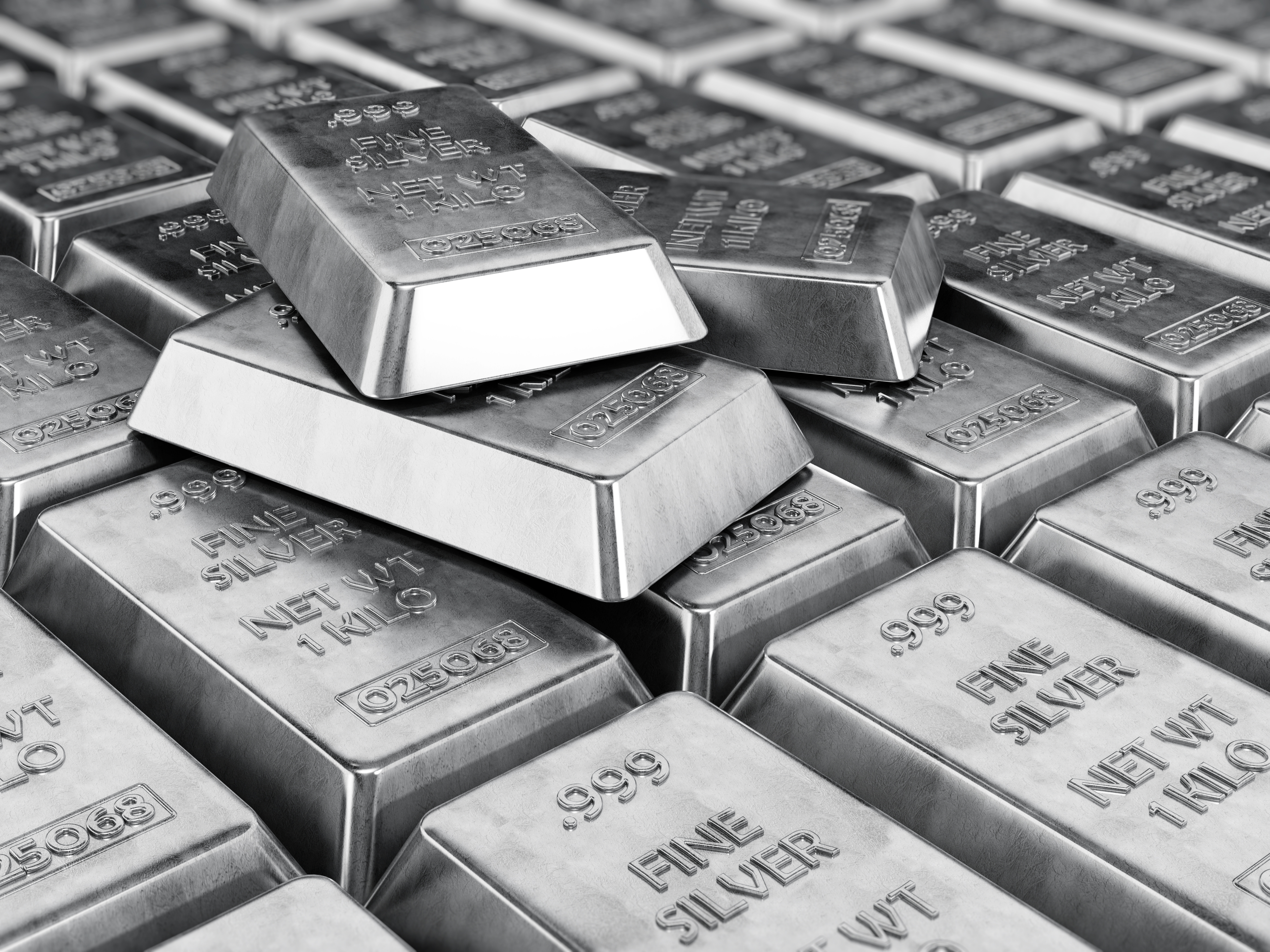 If you think gold is on a tear, it’s worth noting that silver has actually outperformed gold by some margin over the past few months.
If you think gold is on a tear, it’s worth noting that silver has actually outperformed gold by some margin over the past few months.
Indeed, since the beginning of the year, silver has increased in value by 63.4%.
It’s up a punchy 30% over the past three months alone, and is now trading at its highest level since the Hunt brothers tried to corner the market back in the 1980s.
It’s not at all-time highs like gold, but a forty-year high is still some going.
What can we read into this?
First - it was only a matter of time.
With gold moving so powerfully over the past couple of years, silver was bound to start catching up at some point. The gold-silver ratio can only ever get so wide, and although any movement in silver usually lags a move in the gold price, it can only lag so long.
That lag is now well and truly over.
A year ago, silver bulls took on the risk that gold might fall instead of rise, narrowing the gold-silver ratio in the wrong direction. But with silver now pushing US$49.00 per ounce, 2024’s buyers have been well and truly vindicated.
What’s more, the direction of travel remains firmly upwards, since gold continues to strengthen, albeit not as strongly in percentage terms as silver.
So, although some investors might now be thinking of taking profits, there are plenty of others who are likely to double down.
After all, buying silver has significant appeal over and above its current fashionable status. Its coins are more easily tradeable, being that they have a lower value denomination than gold. You could, in certain circumstances buy goods and services with silver coins. But finding a small enough gold coin to allow for such transactions won’t be easy. Silver Krugerrands are currently selling on eBay for £60, whereas gold Krugerrands are fetching more than £3,400. So gold is a more effective a store of wealth, and silver is more easy to transact with.
But there’s more.
The hedge against inflation is ever present, but silver is also backed by industrial demand, in particular from its use in electronics, solar panels, and medical equipment. Silver's electrical conductivity and reflectivity make it valuable in the modern economy, and unlikely to be rendered obsolete by the process of going green.
Some years ago, there was gloom amongst silver aficionados that the metal would no longer be widely used in photography, which had hitherto been a major source of demand. But we’re past that now, the market has adjusted, and industrial usage remains a key component of the silver supply-demand dynamic.
And in terms of supply, silver actually presents something of a paradox. It’s far less rare than gold, of course. But it’s also hard to find in significant quantities on its own. Much of the world’s silver comes out of the ground as a by-product from mining other metals, and there are in fact a limited number of primary silver mines. There’s a limited number of primary silver exploration and development companies too.
All of which means that the silver market has actually been in a supply deficit for several consecutive years.
And that provides huge upside for the exploration juniors that have been going out, looking for, finding, and developing new silver assets.
In London, Alien Metals UFOstands out as the one company with a really significant primary silver development asset, its Elizabeth Hill project in Australia. This deposit is known to contain several million ounces, some of which at least occurs at very high grades. It was previously mined, and more than a million ounces extracted, but it wouldn’t be surprising now if Alien got its skates on and fast-tracked Elizabeth Hill into production once more. The company’s shares have come off a recent peak, but have started to tick up again.
Across the pond, CVE-listed Pinnacle Silver and Gold (TSXV: PINN, OTC:PSGCF) is also re-developing a previously worked operation, and has also been hitting very high grades in exploration work. Pinnacle’s project isn’t in Australia, though, but rather in the mother of all silver producing nations, Mexico. Pinnacle’s boss Bob Archer previously built up Great Panther into one of Canada’s most prominent primary silver producers, ranking it alongside First Majestic and Endeavour Silver.
And Pinnacle is just the tip of the Canada-listed iceberg. Because Canada really is the go-to market for silver companies. A quick google search reveals at least 30 separate silver companies (although some also mine gold), the most prominent of which are Pan American, MAG Silver, Andean and Santacruz.
At the smaller end of the spectrum, Aftermath Silver Ltd (TSX-V: AAG, OTCQX: AAGFF) also stands out prominently, with its portfolio of assets in Chile and Peru, and its experienced management team. Chief executive Ralph Rushton has serious silver and precious metals experience on his CV, having worked in senior roles for a number of companies over the years. Not surprisingly, Aftermath’s shares are trading at around four year highs at the moment, and with drilling in Chile set to get underway, the momentum could build further from here.
Finally, it’s worth mentioning that if there’s a glut of silver companies in Canada, and a paucity in London, you can also gain significant exposure to silver on the ASX, although there the only primary producer is Silver Mines. But Sun Silver and Advance Metals are also moving forward with silver projects, and the number of other companies that offer at least some exposure to silver runs easily into double figures.


